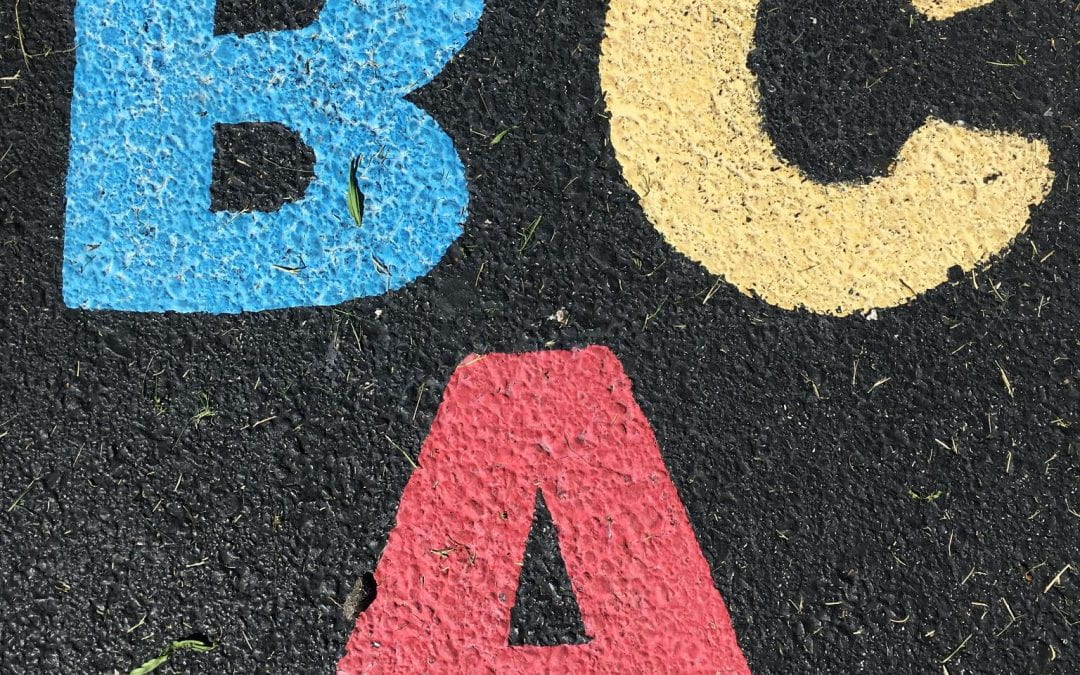This study published in ASHA Publications aimed to elucidate the nature of the relationship between the development of decoding and encoding skills in the first year at school.
The foundational literacy skills of one hundred eighty 5-year-old children were examined on three occasions over their first year of literacy instruction. Participants received the same literacy curriculum. The predictive utility of early spelling on later reading accuracy, reading comprehension, and spelling outcomes was explored. Performance on matched nonword spelling and nonword reading tasks was also used to compare the use of particular graphemes across these contexts.
This study aimed to further understanding about the relationship between spelling and decoding in the early stages of literacy instruction. This study examined the growth of children’s nonword spelling, nonword reading, and other key foundational literacy variables at two assessment points in their first 6 months at school. Regression and path analyses were utilized to establish the distinct predictive utility of nonword spelling at these early assessment points for later reading accuracy, reading comprehension, and conventional spelling ability (assessed at the end of the first year of school). Matched nonword spelling and nonword reading tasks were used to directly compare the emergence of particular graphemes and attention to different word positions (initial, final, medial) in children’s encoding and decoding attempts. The research questions for this study were as follows.
-
What is the predictive utility of spelling scores at school entry to later reading accuracy and comprehension?
-
What are the longitudinal pathways from emergent literacy skills to reading and spelling abilities over the first year of formal schooling?
-
What is the comparison between how children use their knowledge of grapheme–phoneme correspondences during nonword reading (decoding) and nonword spelling (encoding) tasks in their first 6 months of literacy instruction?
Participants were recruited from a larger study examining the effectiveness of a tiered response to teaching approach (referred to as the Better Start Literacy Approach) for facilitating the foundational literacy knowledge of children in their first year of school in New Zealand (Gillon et al., 2023). The research cohort included one hundred eighty 5-year-old children from the second wave of the larger study, which began at the start of the 2020 school year. For full details regarding the recruitment of schools for participation in the wider study, please see Gillon et al. (2023). The mean age of the current sample was 62.9 months (SD = 2.9), which comprised 54% boys and 46% girls. The ethnicity of the cohort was as follows (with multiple ethnic affiliations allowed): 66% New Zealand European, 10% Māori, 22% Asian, 7% Pasifika, and 6% other ethnicities. In New Zealand, schools are categorized into school deciles from 1 to 10 with decile 1 schools being the 10% of schools with the highest proportion of children from low socioeconomic backgrounds. The school deciles of participating schools ranged from 2 to 10 (mean decile = 6.9; SD = 2.9).
The Australia/New Zealand Clinical Evaluation of Language Fundamentals–Preschool (CELF-P2; Wiig et al., 2006) was administered at the Time 1 assessment. The mean core language index score of the cohort was 95.21 (SD = 16.72). The CELF-P2 core language standard score for 43 children (23.9% of cohort) was below 85, a threshold indicative of lower language skills. Children with language and/or literacy difficulties were included in the cohort.
Participants had recently started school in a classroom where the Better Start Literacy Approach Tier 1 teaching from the broader study was being implemented. In New Zealand, children typically start school on or close to their fifth birthday. Formal literacy instruction begins during this first year at school. Although foundational literacy skills, particularly in oral language, are a part of the New Zealand early childhood education curriculum, the explicit teaching of reading and writing does not usually begin until after school entry. The research cohort was therefore in their early stages of receiving formal reading and writing instruction.
Results showing that spelling in the first year at school is a unique predictor of later literacy are in contrast to the more traditional view that early spelling attempts are merely a proxy forhttps://www.betterstartapproach.com/ children’s phoneme awareness and letter–sound knowledge
Click here to read the study in full.
Learn more about the Better Start Literacy Approach which is part of a the A Better Start National Science Challenge, one of 11 national science challenges whose vision is for young New Zealanders to have a healthy and successful life and transition to adulthood.

